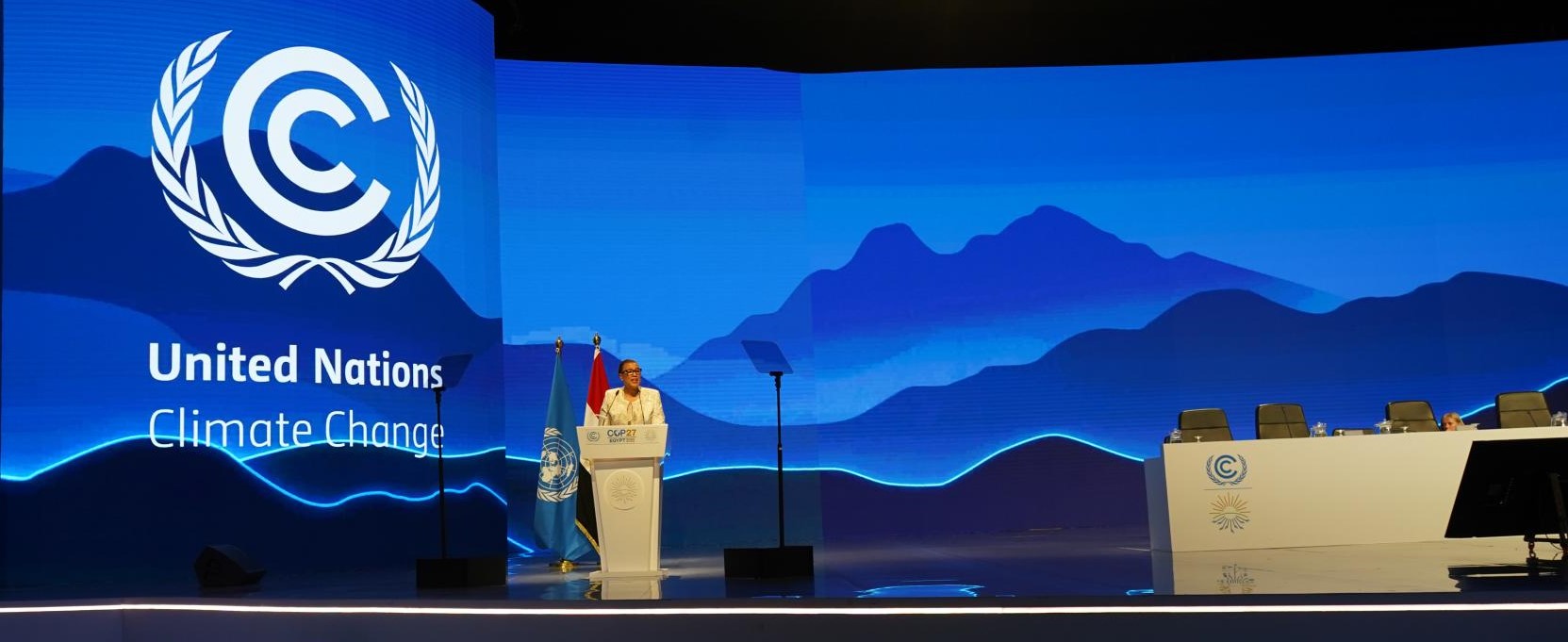Where Did India’s Invisible, Disaster-Displaced 2.5 Million People Go?

It is winter and raining in Gaza. The region, now in the midst of one of the worst military conflicts in history, is known to be prone to floods owing to poor infrastructure. And, if this winter, if its streets get flooded as usual, it will be nothing short of a gargantuan human catastrophe. Around 1.6 million people fleeing to the south as they are internally displaced by the Hamas-Israel war, added to the 1.5 million people already in southern Gaza is an unfathomable human disaster even without a bad climate event. The rain will make it even worse.

This article is not about Gaza or the displacement caused by such conflicts but we, here at The AIDEM, just wanted to remind the readers that conflict and climate disaster are combining globally at a fatal pace and precipitating into a challenge that humanity has never faced before.
China, Pakistan, and India: A Tale of Displacement
The threat of internal displacement by climate change is looming above our heads, globally, almost to the same degree as by conflicts.
Have we as Indians realised that we are among the top five countries where there are the maximum number of people internally displaced by climate and similar disasters in the world?
Let us have a look at the figures: Pakistan, Philippines, China, India, and Nigeria are the top five nations in the world that have reported the maximum number of disaster-induced internally displaced persons in 2022.
The displacement in numbers are:
- Pakistan: 8,168,000
- Philippines: 5,445,000
- China: 3,632,000
- India: 2,507,000
- Nigeria: 2,437,000
Why is this happening? Are our authorities aware of this and have they taken mitigation measures and prepared plans- both short term and long term?
Before answering that question, here are some figures to understand the gravity of the situation. Out of the total global displacement caused by disasters in 2022, 25% was caused by the floods in Pakistan.
There was a long period of La Nina- the climate phenomenon over the Pacific Ocean that causes droughts and floods, equally and intermittently, even in short intervals. La Nina caused severe drought in the Horn of Africa whereas the rest of Africa was devastated by floods and hail storms, rendering 165 million people there food-insecure.

Our neighbour, China, was haunted by floods from the tropical storm Nalgae, typhoon Muifa, and tropical storm Megi in 2022. Almost half of the famous Wu Chang rice fields were completely destroyed. The Philippines produces about 3% of the world’s rice. China’s and Philippines’ reduced rice production combined with India’s food security concerns and the subsequent ban of non-Basmati rice imports by India have created a global rice shortage. Rice being the staple of half the world’s population, the impact is terrible and still unfolding.
India and Climate Displacement
The major cause of displacement in India in 2022 was floods. Globally also, floods caused the maximum displacement and movement of people. Pakistan was one of the worst-affected. 10% of its landmass was under water between July and September 2022.
In India, in Assam alone, 5 million people were affected by the floods of 2022. Many other states of India also faced severe floods but strangely, some parts of the country reported the lowest July rainfall in 122 years. By the time the monsoon ended in 2022, 2.1 million people were displaced in India, according to a report by Norwegian Refugee Council’s Internal Displacement Monitoring Centre in 2023.

The report says that data on medium and large scale disasters only are comprehensively documented in the countries, Bangladesh, India, Nepal, and Pakistan. Another reason why the data is skewed is because the entire focus of government action and media is on damage and loss rather than displacement. Though India was hit by a severe heatwave, the report says, no data is available on the displacement caused by it.
The above discussion demonstrates that the internally displaced persons (IDPs) in India remain an invisible segment of the population. There is no stock-taking about them or their problems, and the life threatening challenges that they face go unrecognised and unaddressed. There seems to be no information available on where all these displaced people went.
In 2021 also, Indian newspapers had cited a UN report that said that the largest displacements caused by climate change in 2021 happened in China and Philippines with India in the third position. Even when data of displacement is collected, it is limited to people who are in refugee camps or evacuated by the government. People who have either gone to live with their relatives or have moved to informal locations go unaccounted for.

Even from Afghanistan, the drought displacement data was available for the scrutiny of concerned world organisations such as the UN but from India and Pakistan, no such data emerged. The international agencies who study displacement lamented that they have to triangulate and aggregate government reports with media reports to arrive at even approximate estimates.
We know that India is yet to take any effective nation-wide policy formulation or action to help the internally displaced people from Covid 19, who were the largest mass migrants in India since partition. Climate change will bring more suffering and displacement to thousands of people in the coming years too. Will India rise up to this new threat and build a safety envelope for them? Or will they be pushed under the mat just like our internal COVID-19 migrants?
For more stories regarding Climate Change, Click here.
To receive updates on detailed analysis and in-depth interviews from The AIDEM, join our WhatsApp group. Click Here. To subscribe to us on YouTube, Click Here.












Thank you Aidem for this valuable article . As usual , you have thrown light on new areas not touched by mainstream media . Keep up the good work